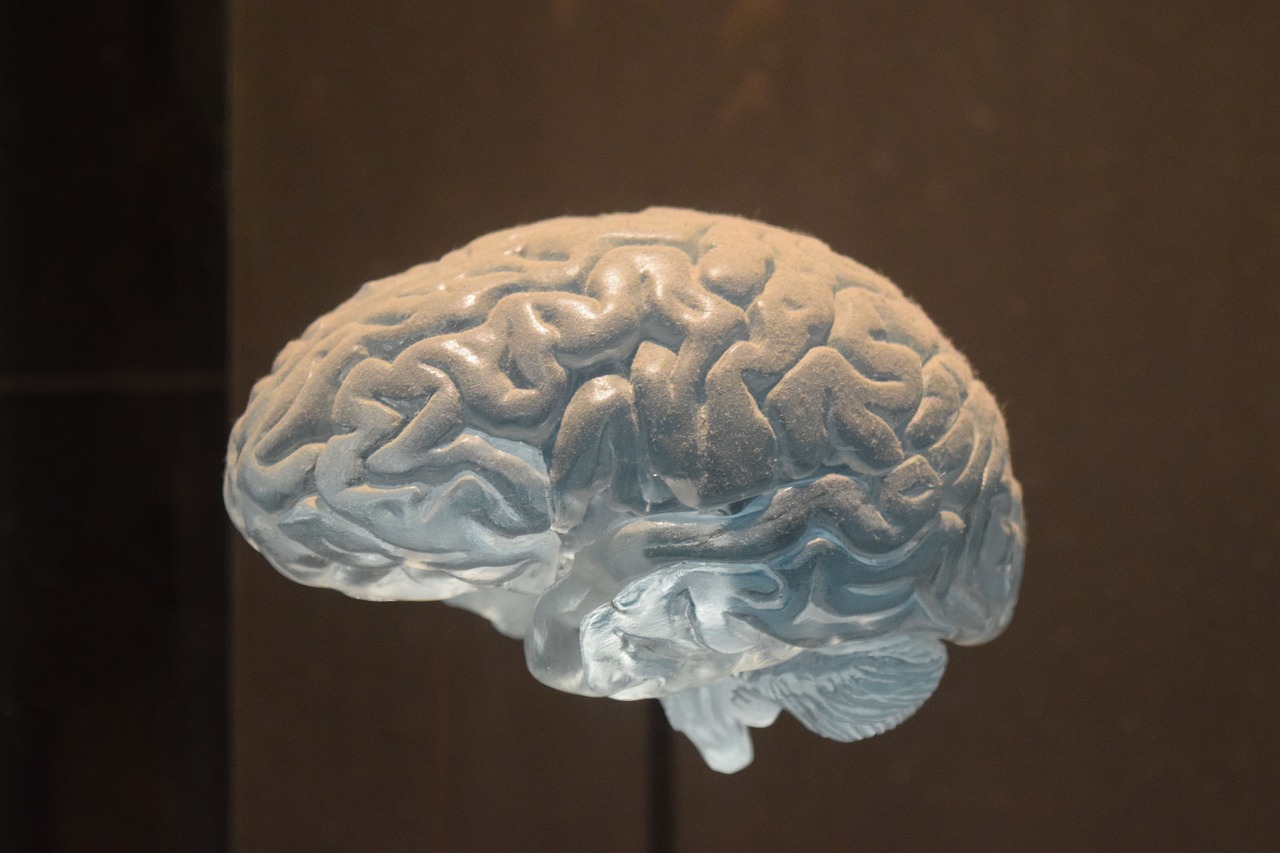A groundbreaking study has identified a physical mechanism in the brain that connects memories occurring within a short time frame. The discovery shows that dendrites - tiny, branch-like structures of neurons - are responsible for linking these memories, not the main cell bodies of the neurons. This research may change how scientists understand memory formation and its role in disorders like Alzheimer’s disease.
Table of Contents:
- Sehgal and Silva find memory links in dendrites of the retrosplenial cortex
- Optogenetic activation proves dendritic control over memory links
- New directions in understanding memory disorders
Sehgal and Silva find memory links in dendrites of the retrosplenial cortex
Researchers from The Ohio State University, the University of California in Los Angeles, and the Foundation for Research and Technology-Hellas in Greece used high-resolution imaging tools to observe how memories are stored in live mice. They discovered that new memories lead to the formation of clustered dendritic spines - small structures where neurons exchange information. These clusters act as a foundation for connecting additional memories formed soon after.
The team focused on the retrosplenial cortex, a brain region known for its role in spatial and contextual memory. In their experiments, mice were exposed to two different environments within a short time frame. When a mild electric shock was given in one environment, the mice later reacted with fear in both, indicating a connection between the two experiences.
This demonstrated that dendrites had physically linked the memories based on the short time interval between them. Neurons and dendritic segments involved in one memory remained active and ready to encode another, linking the two experiences.
Optogenetic activation proves dendritic control over memory links
To test whether dendrites were directly responsible for these links, researchers used optogenetics, a method that controls neurons using light. They reactivated specific dendritic branches that had been involved during earlier memory formation. As a result, they were able to artificially link unrelated memories in the mice.
Megha Sehgal, lead author and assistant professor of psychology, explained, "If you think of a neuron as a computer, dendrites are like tiny computers inside it, each performing its own calculations." This model helps explain how closely timed events are grouped together by the brain.
Co-authors Alcino Silva and Panayiota Poirazi emphasized that the work not only uncovers a new aspect of how memories are structured, but also offers a biological explanation for why we remember related events together.
New directions in understanding memory disorders
The research suggests that dendrites could play a key role in treating memory-related disorders. Since the formation of clustered spines is essential for linking memories, manipulating these processes may offer a new path to therapies for diseases like Alzheimer’s.
While most previous studies have focused on how single memories are formed, this research highlights the importance of understanding how multiple memories are organized and connected. This broader approach may lead to new insights into decision-making and behavior.
The study was published in "Nature Neuroscience" and supported by:
- The National Institute of Mental Health
- The National Institute on Aging
- The Dr. Miriam and Sheldon G. Adelson Medical Research Foundation
- The European Commission
- The National Institutes of Health
- The Einstein Foundation Berlin
These findings offer a new framework for memory research, showing that the brain links experiences not by coincidence, but through precise, physical changes in dendrites.
Source: Ohio State University

